
Can An Algorithm Predict How Difficult A Wildland Fire Will Be To Control?
Click here to read more.

Click here to read more.

Click here to read more.

Click here to read more.
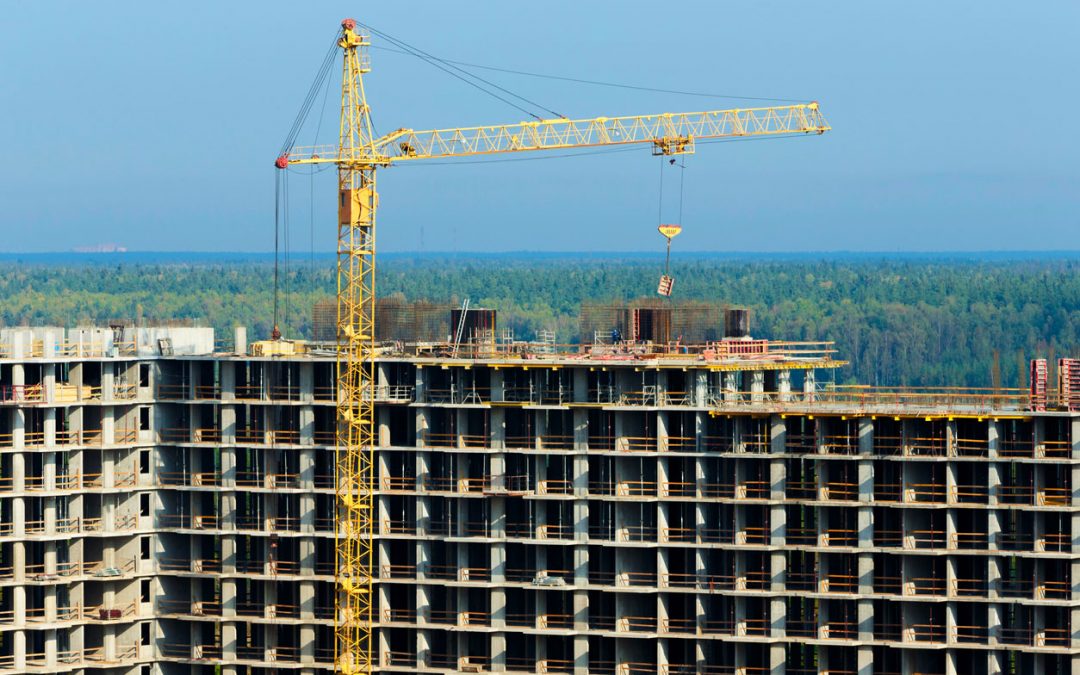
Click here to read more.
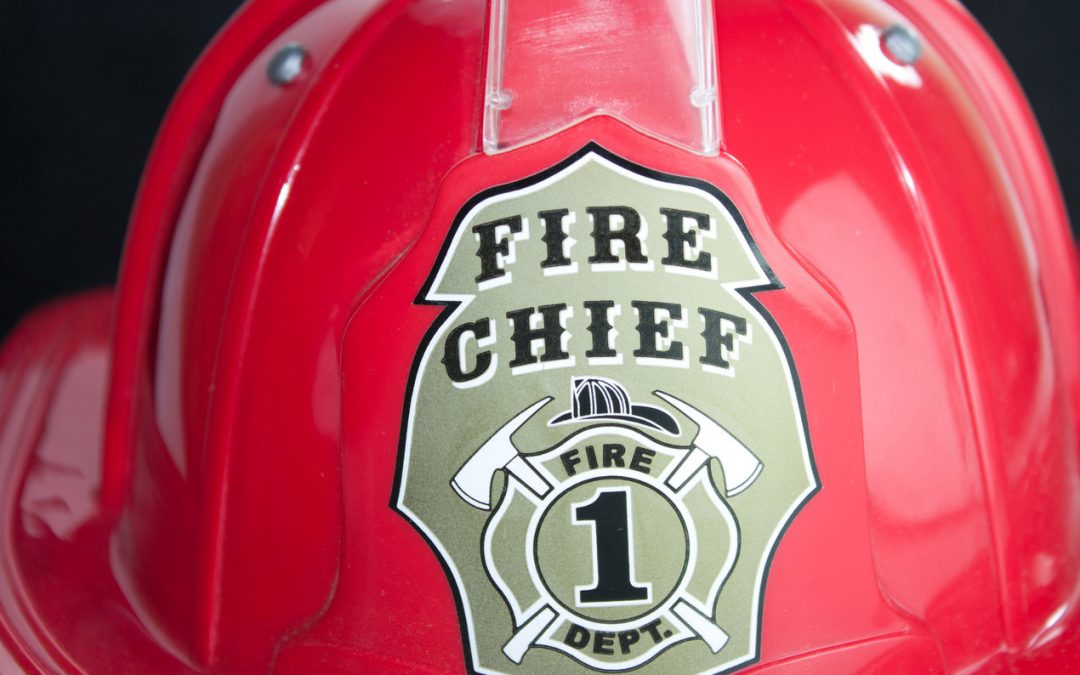
Click here to read more.
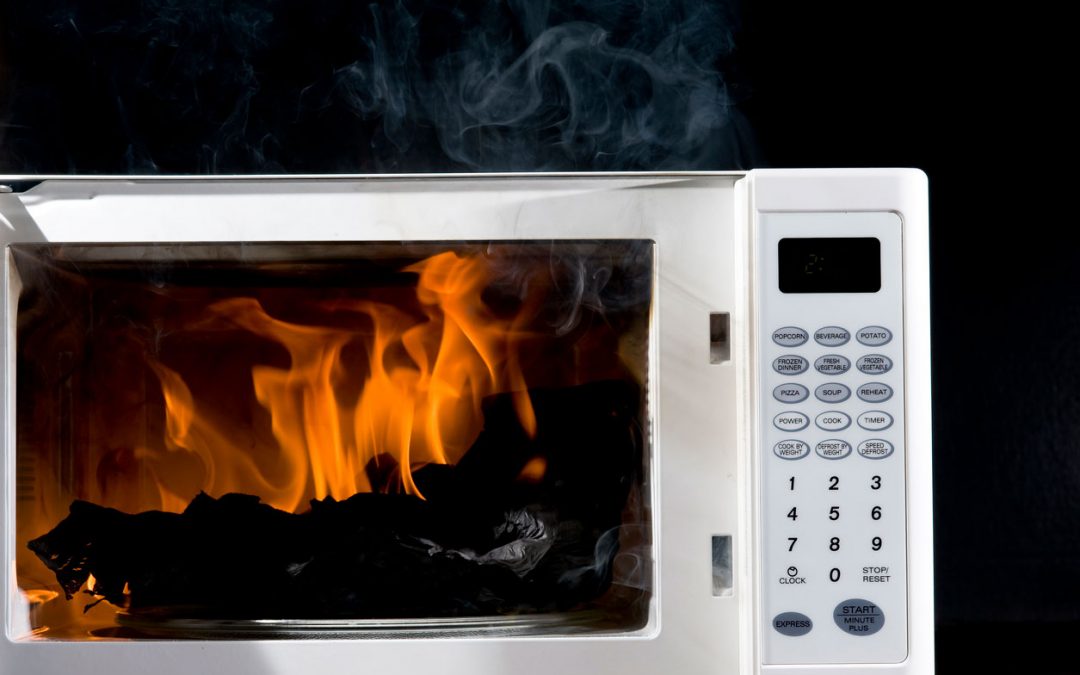
Click here to read more.
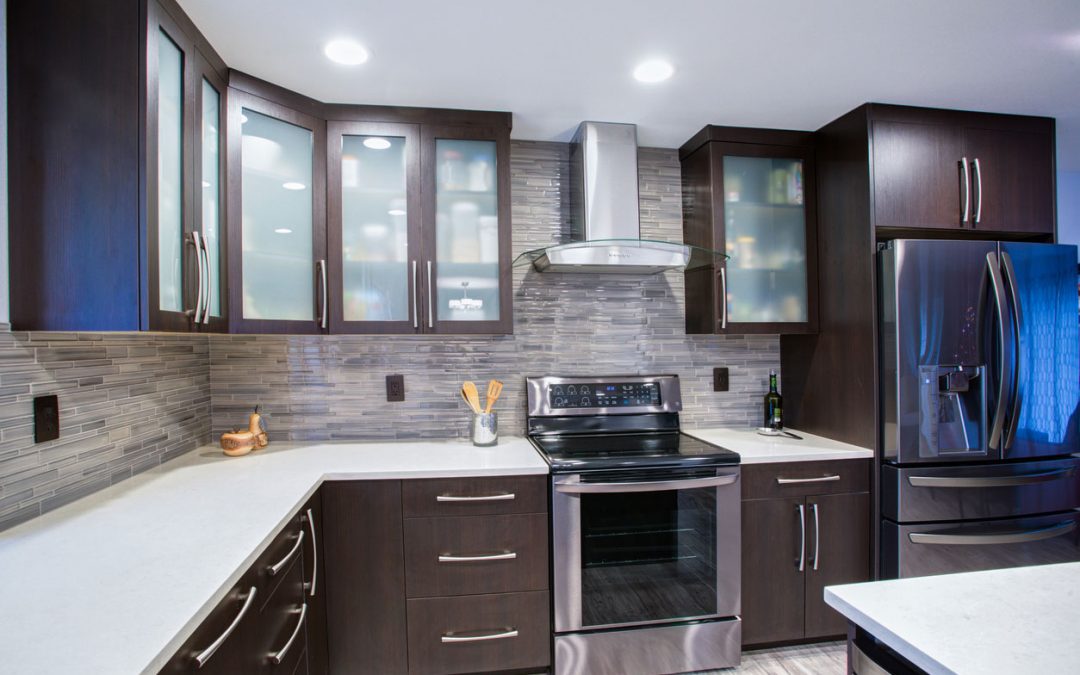
Click here to read more.

Click here to read more.
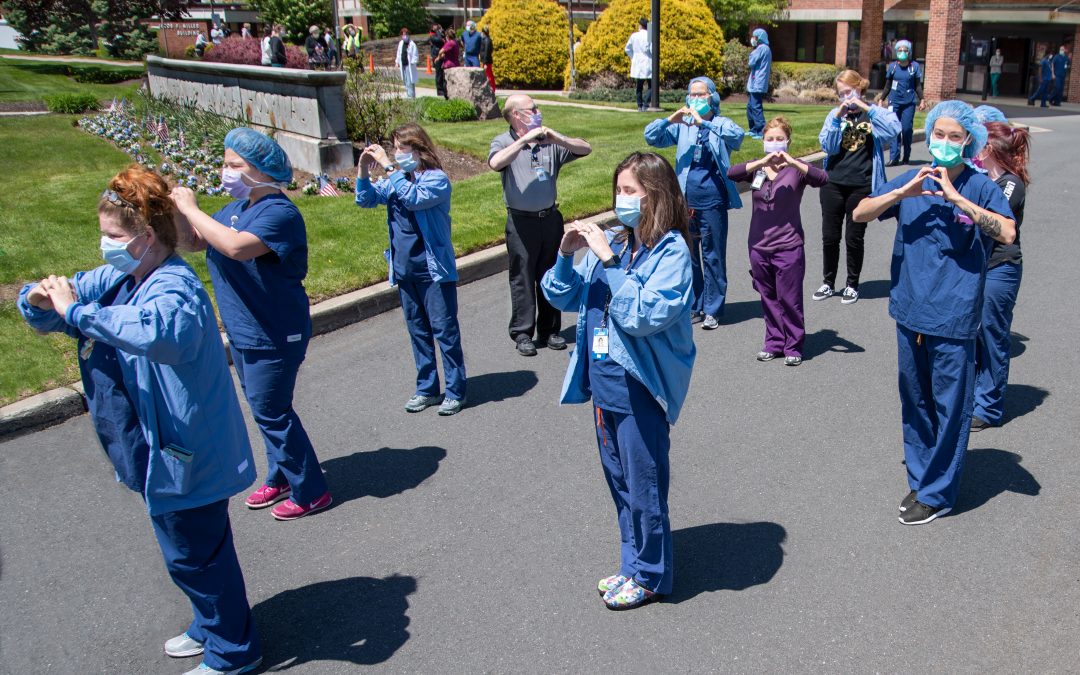
During these unusual and unique times many fire departments are being approached to provide drive-bys for birthdays, graduations, front-line workers, and other community events.
Here are some of the numerous good reasons to fully consider such requests:
Before engaging in such activity there are some considerations that should be evaluated to ensure the best interests of the fire protection district are being addressed:
The content of your Operational Guideline, particularly during the COVID-19 pandemic, should include, but not necessarily be limited to the following:
Some of the other considerations that have been shared by fire departments providing this community service are:
Best practice has seen some of the following parameters adopted for drive-bys:
Final thought: If it makes someone smile, why wouldn’t you do it?
Dave Ferguson
Associate
May 2020

Is your fire department charged with performing fire inspections but having difficulty meeting your targets?
Do you send inspectors or firefighters into buildings that are fully compliant or have only minor deficiencies?
If you answered yes to either of these questions, it’s time for change.
You can adopt innovative approaches to the delivery of fire safety programs that could meet your operational priorities using a risk-based approach to this common challenge. Through this lens, you can develop a fire prevention strategy that effectively provides comprehensive protection to all stakeholders.
The objectives of fire prevention should be identical to suppression priorities, prevent loss of life and damage to property and the environment. Achieving these desired outcomes should be done collaboratively with all parties, including the education of building owners and managers to recognize and accept their responsibility to provide an acceptable level of fire and life safety in their buildings.
Most building and fire codes clearly place the responsibility for compliance directly on the building owner. Instead of trying to build internal capacity to inspect building systems, it’s time to consider a fire prevention self-assessment program that shifts responsibility from the local government to the owners/occupiers of low hazard – low occupant load buildings that make up about 70% of all buildings in the community.
There are numerous steps involved in developing a sustainable self-assessment program some of which include:
• Identify a champion for the program
• Obtaining support and endorsement from local government
• Developing policies and operational guidelines
• Creating an inventory of building stock requiring inspection
• Conducting inspections of all properties to establish a base line
• Establishing frequency of inspection guidelines
• Creating the incentive for low-risk occupancies to self-assess through fees for service
• Invest in a data collection and management system for self-assessment reporting
• Liaise with property owner/manager associations to promote self-assessment
“A fire safety Self-Assessment is a report completed by a business that is not a fire safety inspection but is rather a means for a municipality to screen a low risk occupancy to determine how soon an actual fire safety inspection by a professional inspector is warranted”. T.A.C. Schober, LLB
The self-assessment concept is being used successfully in other disciplines and when implemented will result in better use of municipal resources, increased fire safety awareness and cost savings.
If your community is interested in getting started on self-assessment, we can help. Building Safety Fire Prevention Training is an online course specifically designed to educate building owners and managers of low hazard – low occupant load buildings about how to conduct a fire safety self-assessment. Get in touch with us to see how FireWise can help your community adopt an innovative fire inspection delivery system.
Bob Turley
Co-founder
May 2020